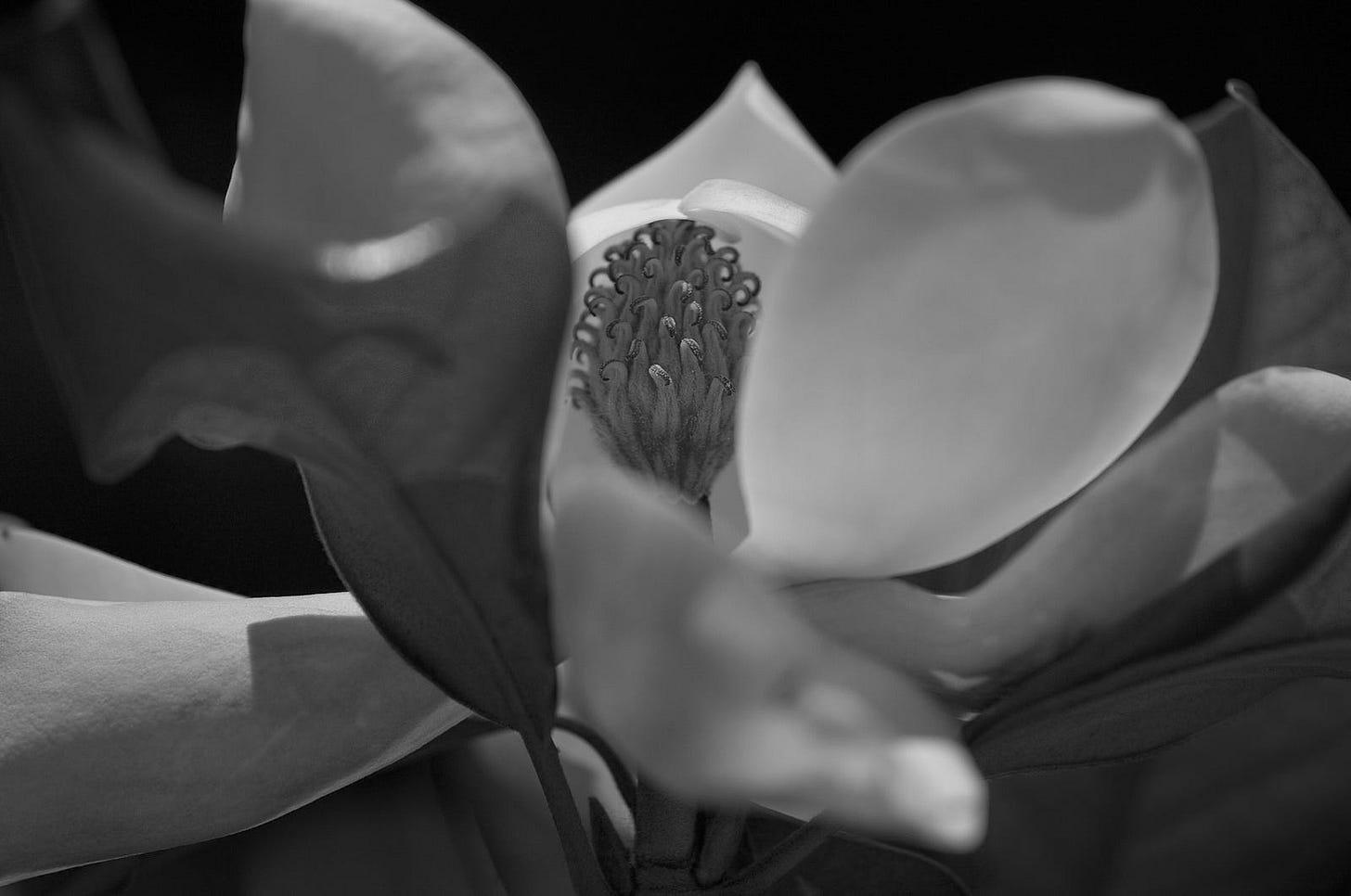Imogen Cunningham Close-Up Photography: Mastering Monochrome Art from a Twentieth-Century Icon
Pioneering Woman Photographer and Scientist
Imogen Cunningham was a trailblazing scientist and one of the first women in photography. Renowned for her expertise in the chemistry of film development, Cunningham's work revolutionized the art form. One of her earliest notable works was a striking nude self-portrait captured on the campus of the University of Washington. Her vivid compositions, particularly her black-and-white close-ups, resonated deeply with naturalist enthusiasts and photography aficionados alike.
In her early career, Cunningham worked in the studio of Edward S. Curtis. Later, she opened a studio in Seattle to photograph portraits of people.
She became an expert developer, using platinum paper to make prints. A few years after she changed her photographic style from soft to hard-focus photographs, she became a member of the f/64 group (Ansel Adams was also a member), a group dedicated to the fine details in nature.
Composing a series of botanical photographs required her to move around the subject. The shots required that she open and spread a collapsible tripod and position it to catch as much detail as possible, almost like she was practicing science in her composition.
In 1988, her granddaughter made an Academy Award-nominated documentary film, Portrait of Imogene (link posted at article’s end)

Cunningham was well-versed in many areas of photography, from street photography to nudes to modern industrial landscapes to plants. In the early 1920s, Cunningham photographed the plants and flowers in her backyard garden. She was known to have used simple equipment. She used a 4X5 revolving back Graflex with an 8-inch Tessar lens for many years, similar to the one shown above.
Cunningham began photographing at 18 and did so into her 90s, making her a photographer longer than most of the greats of the twentieth century.
Details of Pattern and Form
Options for Magnolia Photographers
Here’s an exercise in finding settings that has one contemplating the difference between Cunningham’s Magnolia Blossom linked in the next paragraph and the Magnolia Monochorme by the author of this article above.
Keep reading with a 7-day free trial
Subscribe to Text and Image Substack to keep reading this post and get 7 days of free access to the full post archives.




